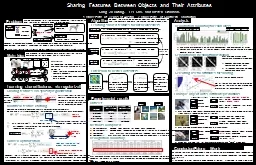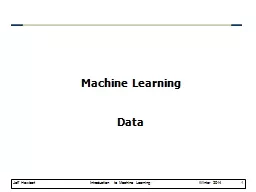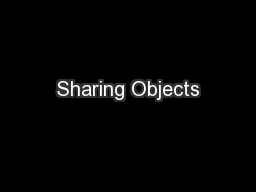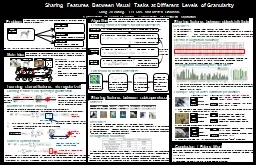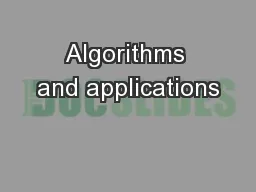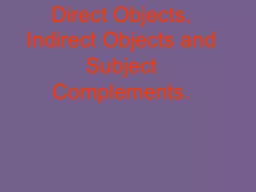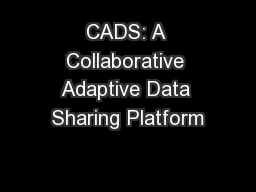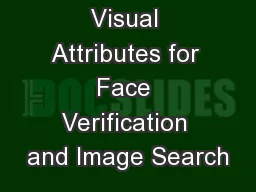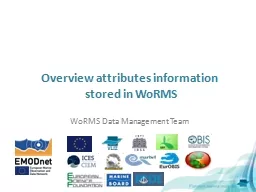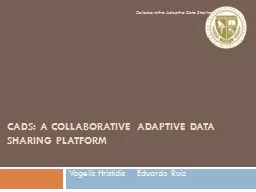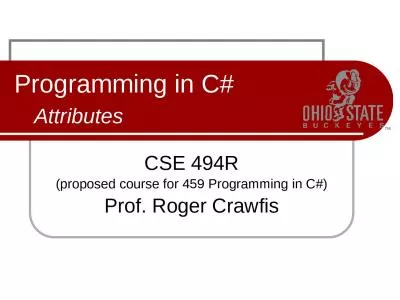PPT-Sharing Features Between Objects and Their Attributes
Author : lois-ondreau | Published Date : 2018-03-14
Sung Ju Hwang 1 Fei Sha 2 and Kristen Grauman 1 1 University of Texas at Austin 2 University of Southern California Problem Experimental results ConclusionFuture
Presentation Embed Code
Download Presentation
Download Presentation The PPT/PDF document "Sharing Features Between Objects and The..." is the property of its rightful owner. Permission is granted to download and print the materials on this website for personal, non-commercial use only, and to display it on your personal computer provided you do not modify the materials and that you retain all copyright notices contained in the materials. By downloading content from our website, you accept the terms of this agreement.
Sharing Features Between Objects and Their Attributes: Transcript
Download Rules Of Document
"Sharing Features Between Objects and Their Attributes"The content belongs to its owner. You may download and print it for personal use, without modification, and keep all copyright notices. By downloading, you agree to these terms.
Related Documents

